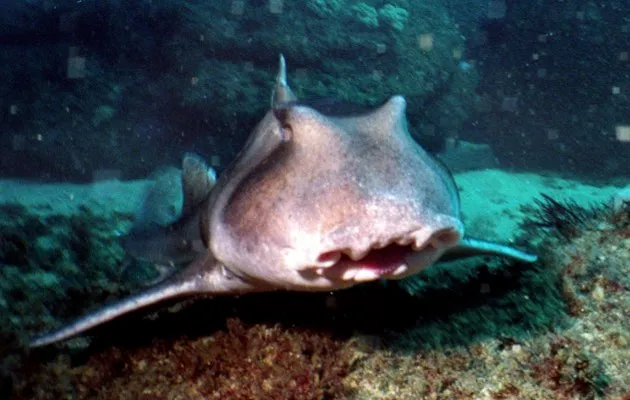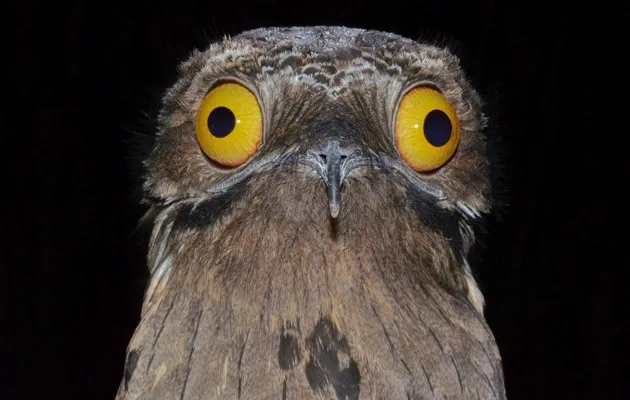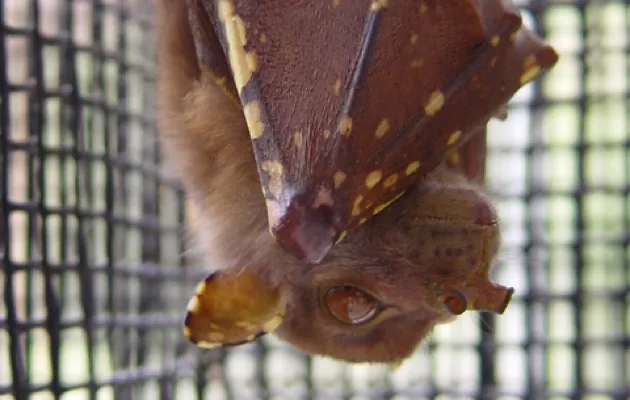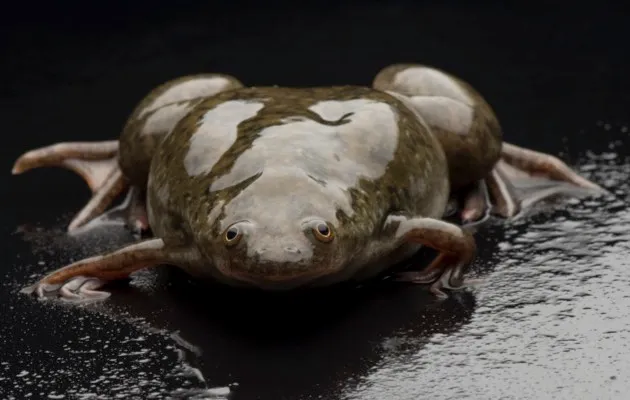Saiga antelope – critically cute or one ugly ungulate?

People used to think the saiga antelope of Central Asia used its over-size schnozz as a drinking tool. Amusing as that might be to watch, it is, alas, only a myth. The sagia’s nose actually serves a similar function to ours– filtering out dust particles in the dry summers and warming inhaled air during chilly winters.
Don’t laugh at its face too hard though – this unusual antelope has been through a very rough year. In June 2015, nearly half the world’s population of saiga antelopes, around 134,000 animals, dropped down dead over the space of just a few weeks.
This isn’t the first time saigas have died off en-masse, and scientists still haven’t pinned down what caused it. They’re now critically endangered so if they don’t figure it out soon, these big-nosed beasts may be a thing of the past.
Port Jackson Shark – a sexy shark or one ugly mother…?

While most sharks aren’t exactly adorable, they certainly command respect. We’re not so sure about the Port Jackson shark. Rejecting the violent lifestyle of sharks like the Great White, the Port Jackson’s overbite and blunted rows of teeth are best adapted to grinding down tough molluscs and starfish.
Still, you can’t fault her skills as a mother. Port Jackson sharks lay huge corkscrew-shaped eggs, nearly the size of the female’s head. To protect the eggs from predators, the mother carries them around in her mouth, or wedges them into rock crevices for safekeeping.
The Common Potoo – Cutie Potoo-tie or tree-mendously ugly?

The Common Potoo preys on large beetles and bats…. by pretending to be a tree. They position themselves on a thick branch, shut their eyes almost completely and tilt their neck up as if its head was a ragged stump. If an unsuspecting bug gets too close, the potoo launches at it, gobbling it up before returning to its favourite hunting spot.
It’s not hard to see why potoos shut their eyes when they hunt – their unusual eyeballs would give the game away quite readily! Not only does the potoo look ludicrous, it also sounds a little spooky. Their descending, slightly sad song is an unsettling addition to the Brazilian forest symphony.
Queensland tube-nosed bat - Holy cuteness, Batman! or Arkham Horror?

Can’t pinpoint where (or who) that particularly pungent odour is coming from? The tube-nosed bat has that one covered: it can smell in stereo.
Land mammals, like humans, have two nostrils. However, they connect inside our skulls so our brain only gets one source of information about the smell. This means we have to physically sniff around to decipher where the pong is coming from.
The Queensland tube-nosed bat’s nostrils are wired differently, providing two different points of information to the brain. By comparing the strength of smell received by the two different nostrils, the bat can instantly target the source. The outwardly-extended nostrils help exaggerate the differences between the two sides.
The bat uses this amazing adaptation to precisely sniff out their favourite food, figs. The only downside is the bat looks like someone’s tried to plug its nose with dirty tissues!
African claw-toed frog - Adorable research assistant or lab splat?

Take a regular frog, rest a small stack of heavy books on it for a couple of hours and you’d have probably have something closely resembling the African claw-toed frog.
Its scientific name is Xenopus laevis, meaning “smooth strange-foot”, but scientists are actually far more interested in their eggs than their feet. Research labs all over the world use Xenopus eggs to study development and a whole range of diseases, because frogs, like us, are vertebrates, so any findings can be adapted to inform human research.
Follow Science Focus onTwitter,Facebook, Instagramand Flipboard
